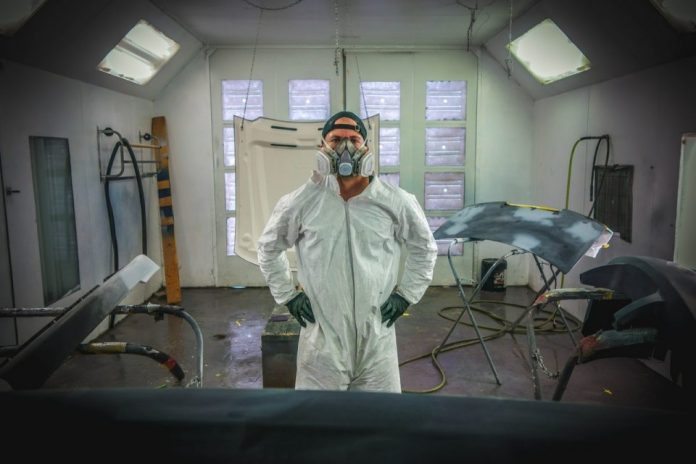
Do you think your workplace is the best for you? There comes a time when we all need to assess whether our workplace and the people we work with are harming our career or, worse, our health and well-being.
If you feel your workplace is toxic, but still decide to stay, protecting you falls squarely on your shoulders. Regardless of the employee’s level or role, everyone needs to look out for one another, eliminating the few bad apples that may be hurting the work environment.
In his book, Eye of the Storm: How Conscious Leaders Can Transform Chaotic Workplaces, Ray Williams outlines the characteristics of toxic workplaces and the role dysfunctional leaders play in creating them.
Williams states that toxic workplaces manifest themselves in the following seven ways:
7 signs that tell you that your workplace is toxic for you.
1. A lot of stick and little carrot.
Management is solely focused on what employees are doing wrong or correcting problems. They rarely spend time giving positive feedback about what is working well.
2. Too much bureaucracy.
There are too many levels of approval and management to get things done. They are mainly focused on the micromanagement of the employees.
3. Employees are not important.
Profit, beating the competition and cutting costs is the company’s sole focus. Employees are not considered.
4. Power is misused.
Management bullies employees or tolerates bullying when it occurs among workers.
5. Loss of human touch.
People are seen as objects or expenses rather than assets, and there is little concern for their happiness or well-being. There is also little evidence of leaders’ compassion and empathy toward employees. As a result, you will encounter high levels of stress, turnover, absenteeism, and burnout.
6. Internal competition.
Employees must compete internally, which is enforced through a performance appraisal system that focuses on individual performance rather than team performance.
7. Little or no concern for work-life balance.
People’s personal or family lives must be sacrificed for work. Overwork or workaholism is commonly evidenced by work weeks of 50 hours or more, little or no vacation time, and 24/7 availability for work communication.
There is little to no commitment to making contributions to the community, worthwhile causes, or making the world a better place.
How do you stop this?
A good starting point is to ensure that the same employees are keeping the pulse of the organization to ensure that staff are being taken care of. If the company takes care of the staff, the staff will take care of the company through their excellent work.
When toxic behaviors persist, here are some strategies to consider:
- Conduct an employee engagement or culture survey that reflects the work environment and management performance or leadership. If they are the problem, HR must step in and play a role in assessing the health of the organization.
- Hiring managers must create strategies to prevent good people from leaving.
- To weed out toxic employees, include behaviors like “respect”, “teamwork” in your performance planning and then measure them.
- Invest in coaching for managers and staff.
- When it comes to a toxic coworker who is capable of turning an argument into a he-said or she-saidbring in a third party to document meetings and protect yourself from drama.
- Every employee needs to learn the value of setting limits. Define what is acceptable behavior and what is not, then communicate firmly with the appropriate boundaries.
- Expose the problem by promoting a healthy culture, eliminating gossip, harassment, sabotage, disrespect, and insubordination. The larger the group that campaigns against toxic behavior, the better it will be eliminated.
And remember that if you are really interested in creating your own business, you can purchase our book “How to create a company while working: Discover how to manage your time, manage your money and motivate yourself while creating a company and working for another” , where you will find all the information you need to found your own company, without having to leave your job.

Font.

